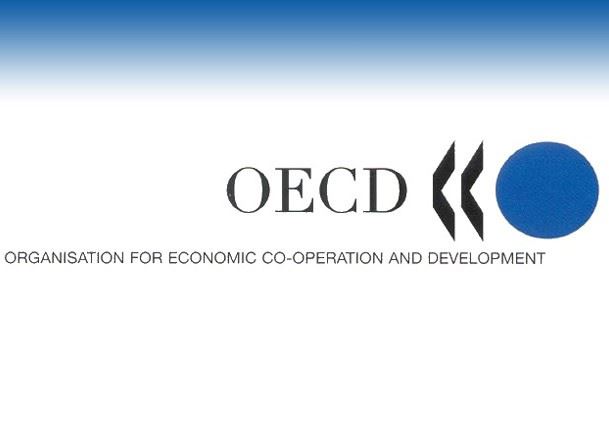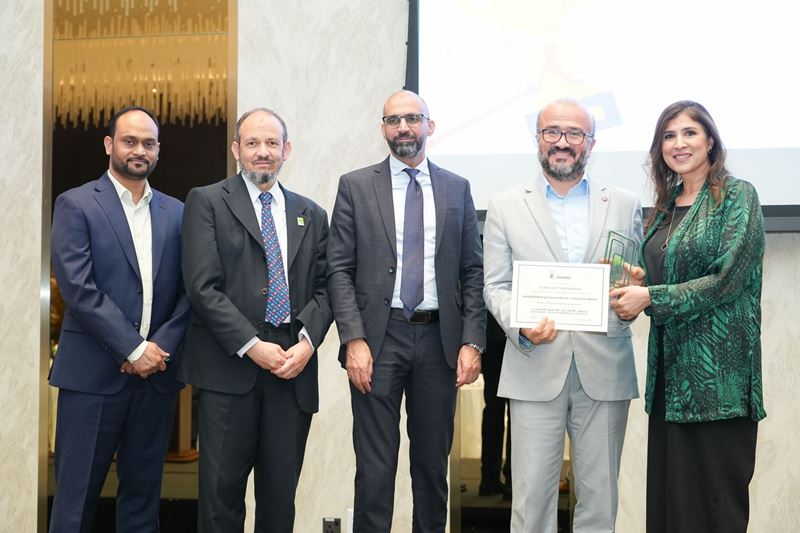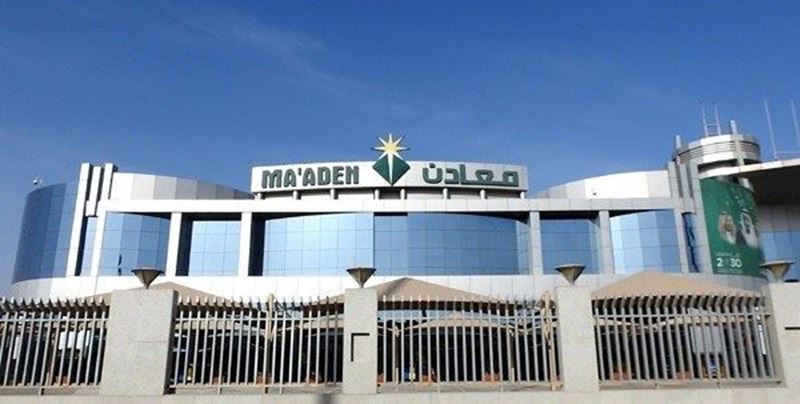In a joint statement, Committee Vice-Chairs Sheryl Groeneweg and Lieven Top noted that China’s steel exports have increased by 10% this year, reaching record levels. They emphasized that this surge has negatively affected producers and workers in market-based economies, weakening the financial performance of companies. The statement also revealed that around one-fifth of planned low-carbon steel projects worldwide have been suspended due to unfavorable market conditions and unfair competition.
According to OECD data, global steel overcapacity could exceed 680 million tons in 2025. Global crude steel production capacity has been rising for seven consecutive years and is expected to reach 2.547 billion tons by the end of the year. With additional projects scheduled to come online by 2028, the figure could climb to 2.656 billion tons. Most capacity expansions are concentrated in Asia and the Middle East, particularly in India and ASEAN countries.
Delegates highlighted that non-market measures—including energy subsidies, tax exemptions, low-interest loans, and preferential treatment for state-owned enterprises—are distorting competition and allowing inefficient plants to remain operational. The OECD’s monitoring report identified China, the Middle East–North Africa (MENA) region, and Southeast Asia as the areas where such practices are most prevalent. The Committee stated that these policies “distort market signals and discourage private investment.”
Trade distortions linked to overcapacity persist despite existing safeguard measures, the report noted. Chinese producers have reportedly increased exports of semi-finished and low value-added steel products to circumvent trade restrictions on finished goods, leaving Asian, African, and Latin American markets increasingly exposed.
Participants agreed on the need for more coordinated global action under the Global Forum on Steel Excess Capacity (GFSEC) framework. Referring to the resolutions adopted at the October GFSEC Ministerial Meeting, the Committee reaffirmed the goal of establishing a joint policy framework by June 2026 to address the structural roots of the global steel crisis. It also stressed that reducing excess capacity would not only restore market stability but also accelerate investments in low-carbon steel technologies.








Comments
No comment yet.